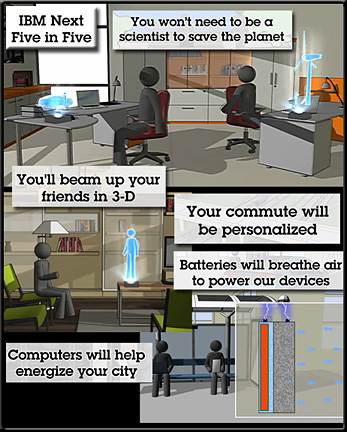.
— originally saw this at Ray Schroeder’s Educational Technology blog
Blackboard’s next phase — from insidehighered.com by Steve Kolowich
Blackboard built its e-learning empire on its learning management system, trading legal blows with some competitors and gobbling up others as it raced to satisfy demand for a technology that had rapidly become de rigueur in higher education.
That period of conquest is now over. Last fall, close to 95 percent of institutions had some learning management system in place, according to the Campus Computing Project. Accordingly, Blackboard’s business strategy is changing: with the company adding four new, separately licensed products to its menu in the last three years, Blackboard expects that it will soon no longer rely on Learn, its popular learning management system, to bring home the bacon.
…
Blackboard buys into data analytics — from CampusTechnology.com by Dian Schaffhauser
Blackboard has expanded its forays outside of its traditional academic realm by entering into the territory of administrative operations with the announcement of a new set of data analytics applications. The news comes just weeks after Blackboard quietly acquired iStrategy, a private company focused on data warehousing and business intelligence for higher education.
The 2011 Horizon Report — from the New Media Consortium; via Educause
.
.
Time-to-Adoption: One Year or Less
Time-to-Adoption: Two to Three Years
Time-to-Adoption: Four to Five Years
Also see:
The Ultimate Study Guide: Wolfram Alpha Launches “Course Assistant” Apps — from ReadWriteWeb by Audrey Watters
The computational knowledge engine Wolfram|Alpha is launching the first three of a series of new “course assistant” apps today. These apps, available for iPhone, iPod Touch, and iPad, are designed to take advantage of the Wolfram|Alpha technology in the service of supporting some of the most popular courses in high school and college.
The idea is to be able to quickly access the pertinent capabilities of Wolfram|Alpha relevant for specific subject areas. Currently, these subject areas are Algebra, Calculus, and Music Theory. But the company says it plans to add apps for other subjects – “for every major course, from elementary school to graduate school,” – including those fields outside math and science.
From DSC:
Notice the term engine (in bold maroon above). This is the type of sophisticated programming that will increasingly be baked into future learning products — as the software seeks to learn more about each learner while providing each learner with a more customized learning experience…pushing them, but aiming to encourage — not discourage — them. I can see an opt-in program where each of us can build a cloud/web-based learner profile — and allow such an engine to be “fed” that data.
e-learning outlook for 2011 — from Tony Bates
Tony discusses course redesigns, mobility, open educational resources (OER), multimedia, learning analytics, and shared services.
Is the Google-fication of education underway? — from cnnmoney.com by Scott Olster (emphasis below from DSC)
Among tablets and 3D TVs at CES, one-size-fits-all learning is facing a digital death knell.
Excerpt:
Similar to the way that Google collects data based on its users’ search patterns, Knewton collects data from every student that has taken one of its courses and uses it to improve its courses. Eduational content that achieves better student results will then be ranked higher in the system and be used more often. Ideally, the system becomes smarter and better over time.
“It’s like a giant recommendation engine on steroids,” says Ferreira.
The data that the company collects could potentially prove useful to educational researchers.
“We’re still trying to map out the way people learn. Collecting more data rather than looking at course grades is a welcome change,” says Miller.

— from nextbigfuture.com
Gartner’s top 10 technologies for 2011 — from GlobalKnowledge.com by Larry Dignan; with special thanks to Mr. Cal Keen, Calvin College, for this resource
The Data Analytics Boom — from Forbes.com by John Jordan
A multitude of converging facts has given rise to numbers-based decision-making.